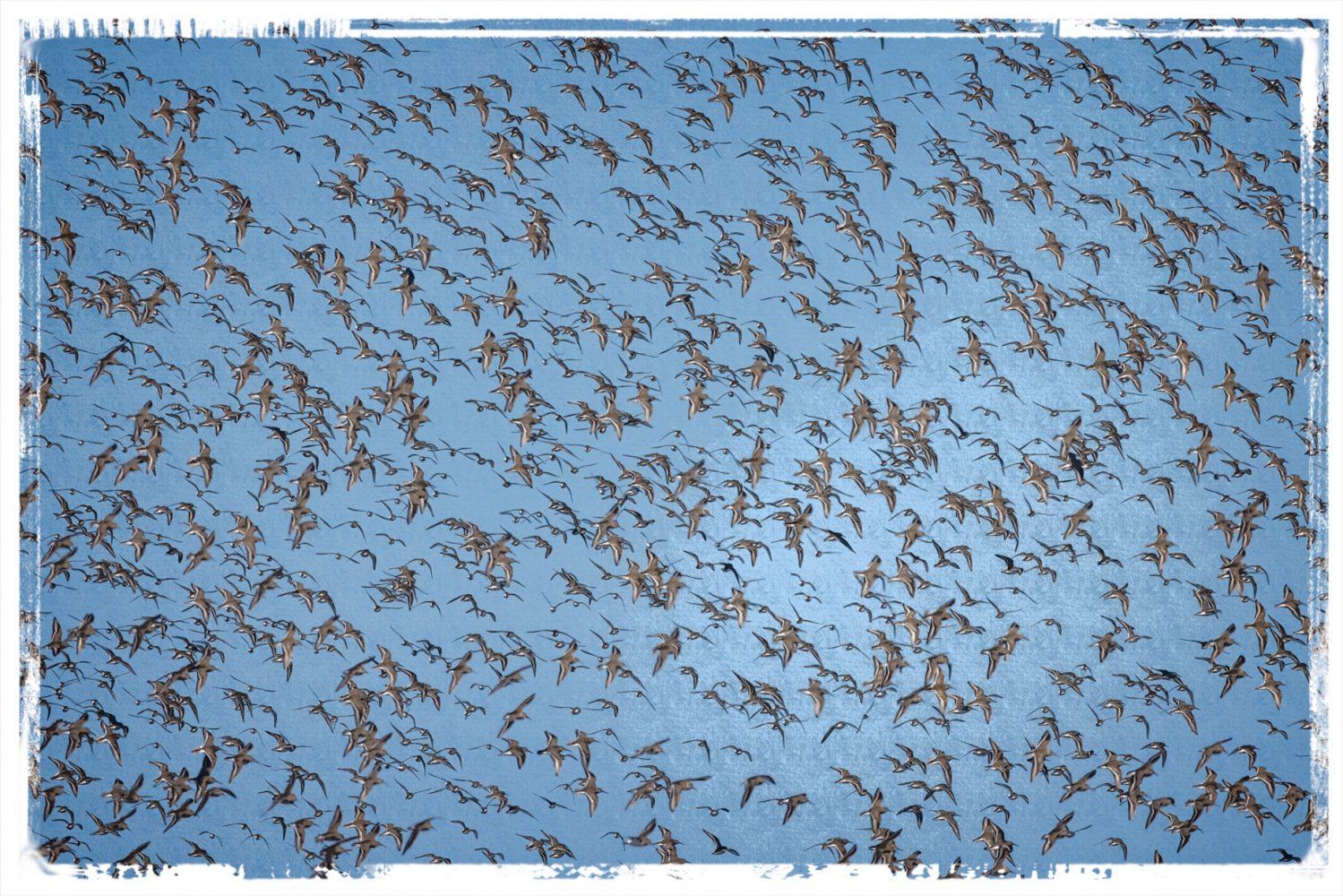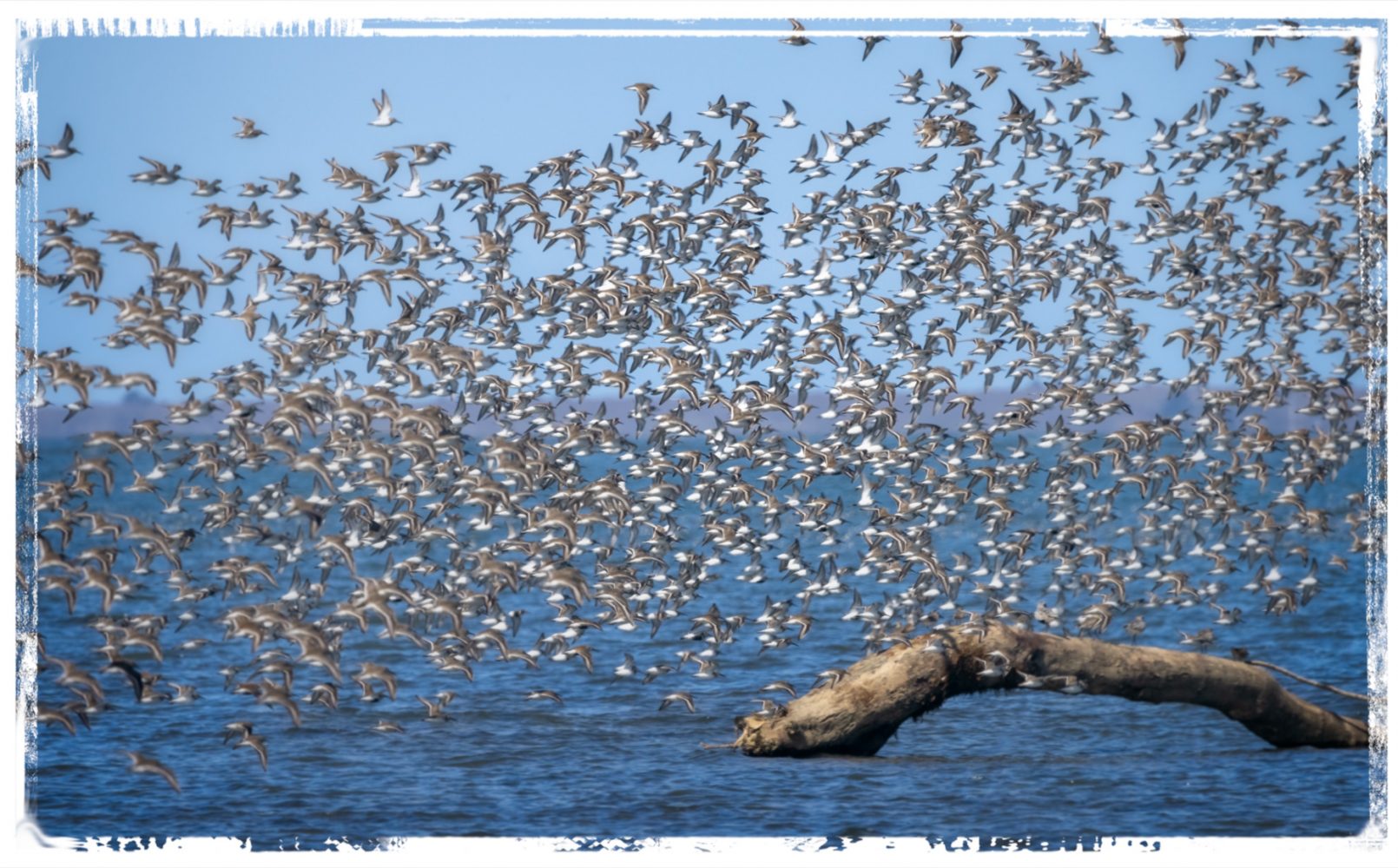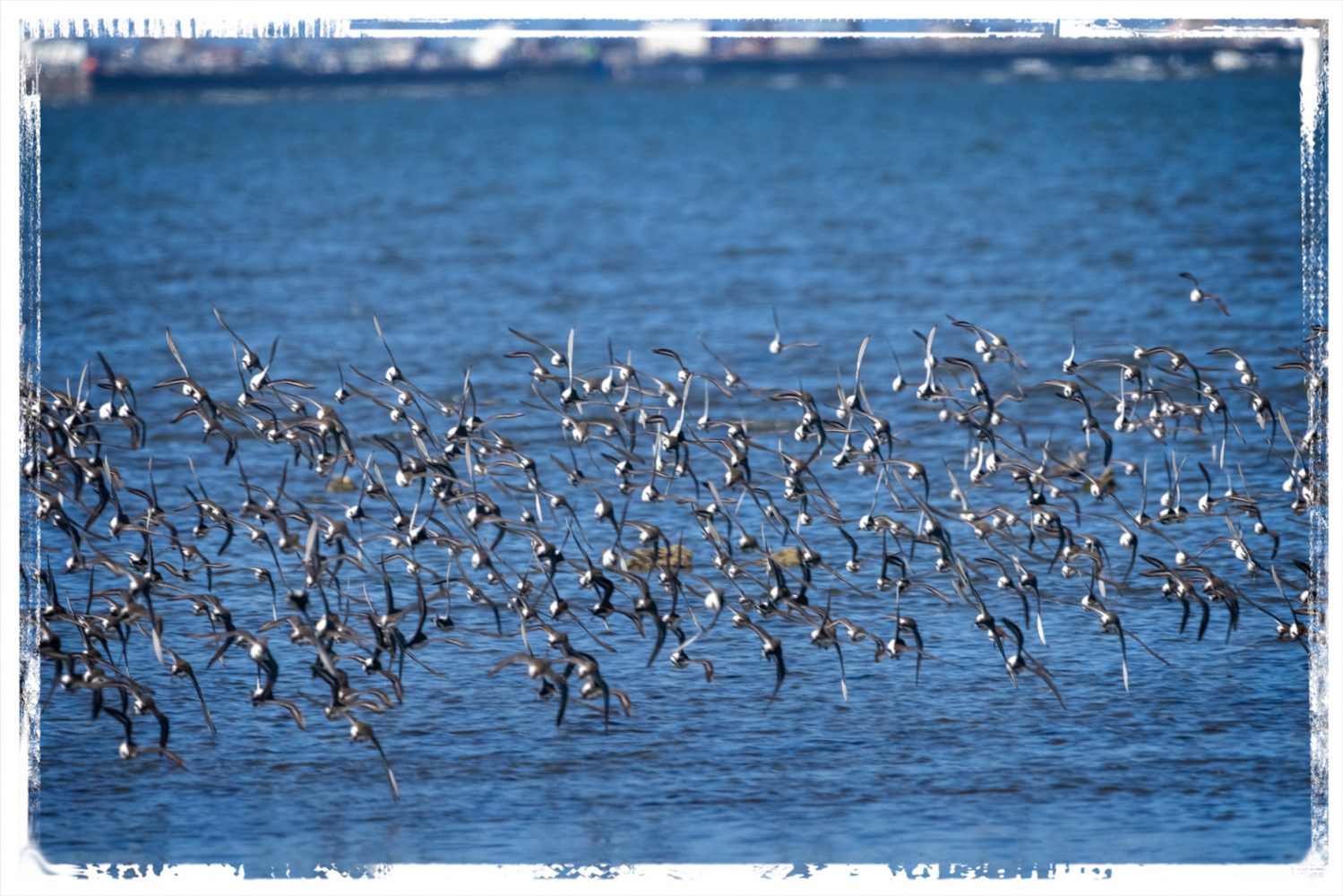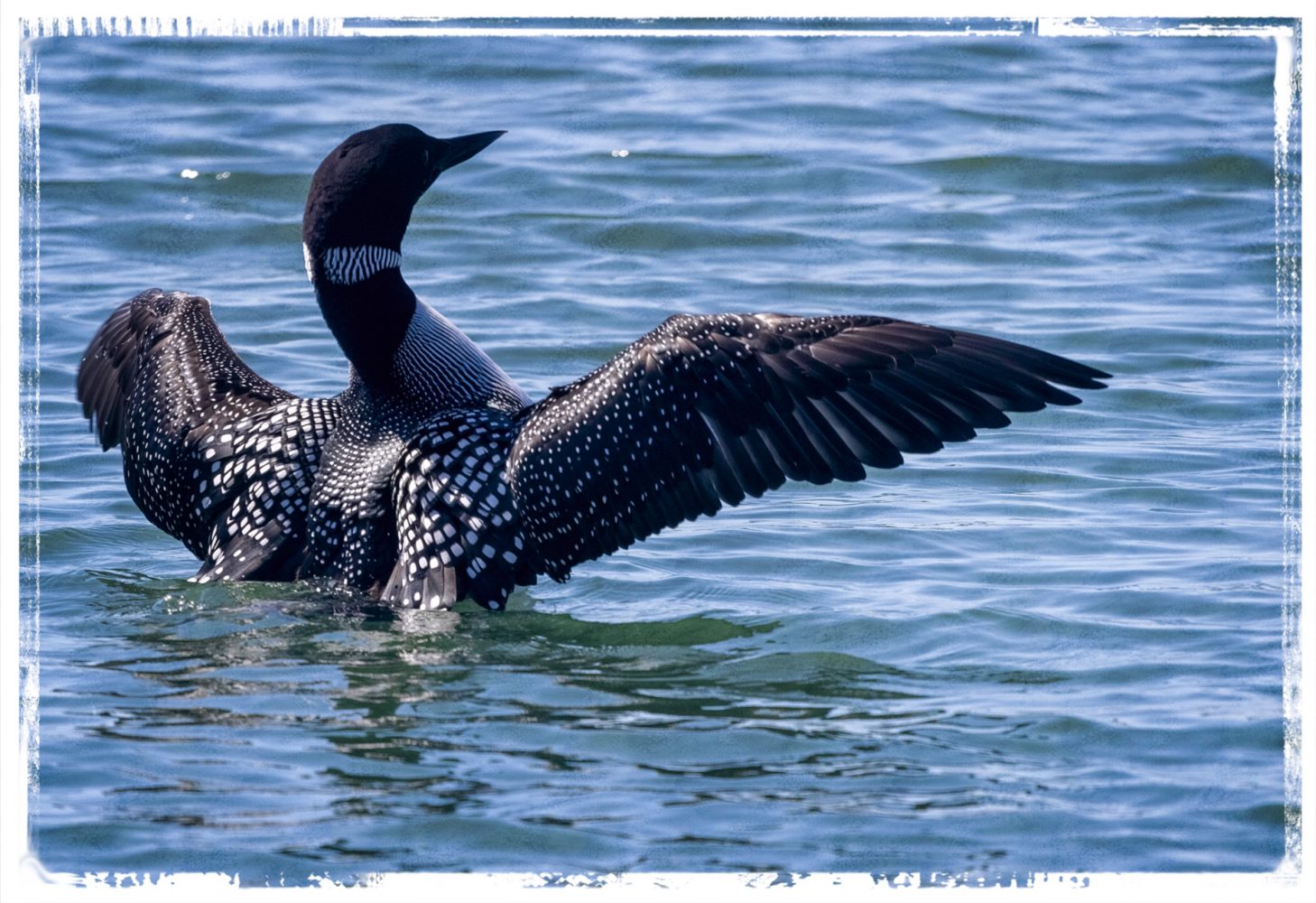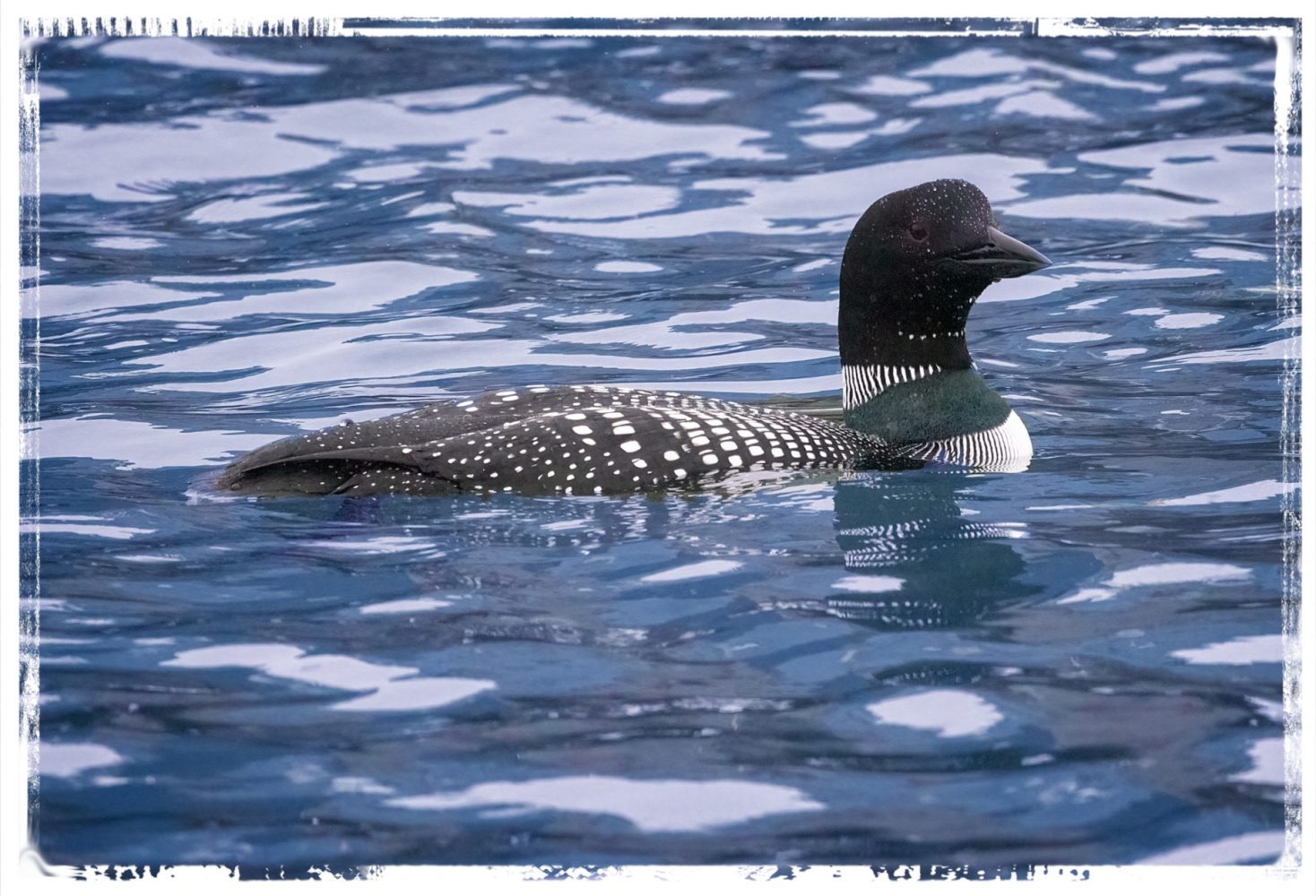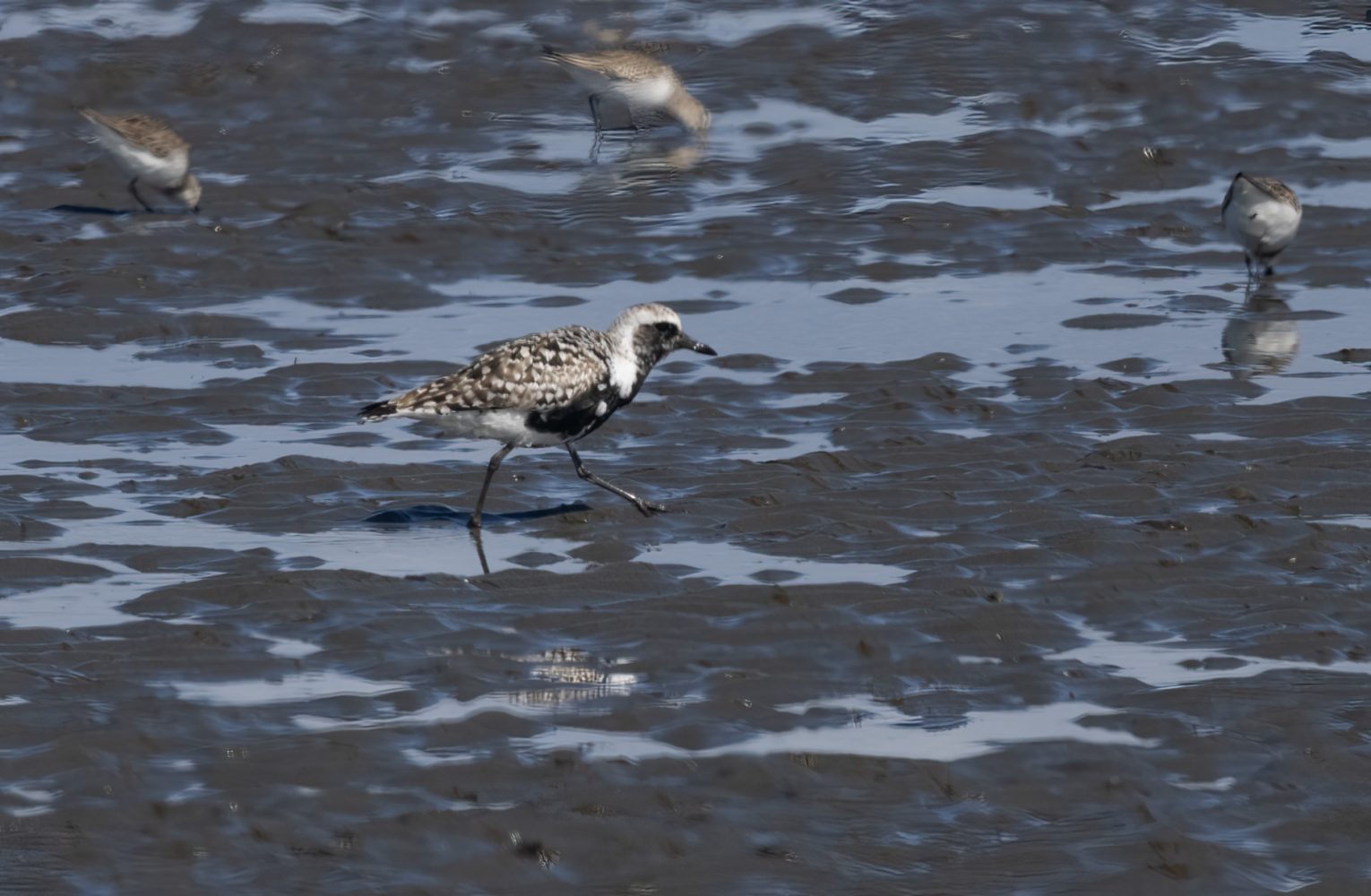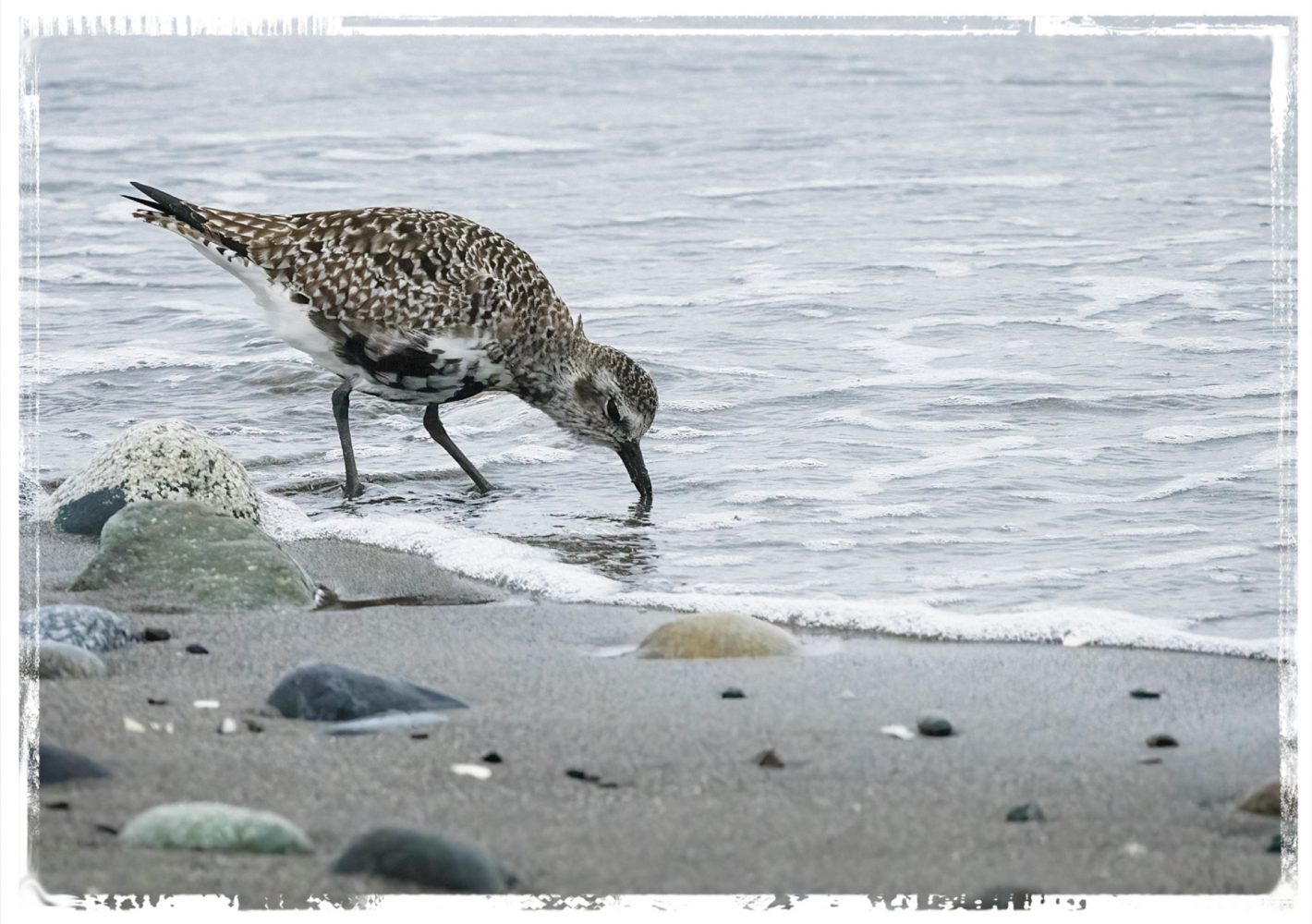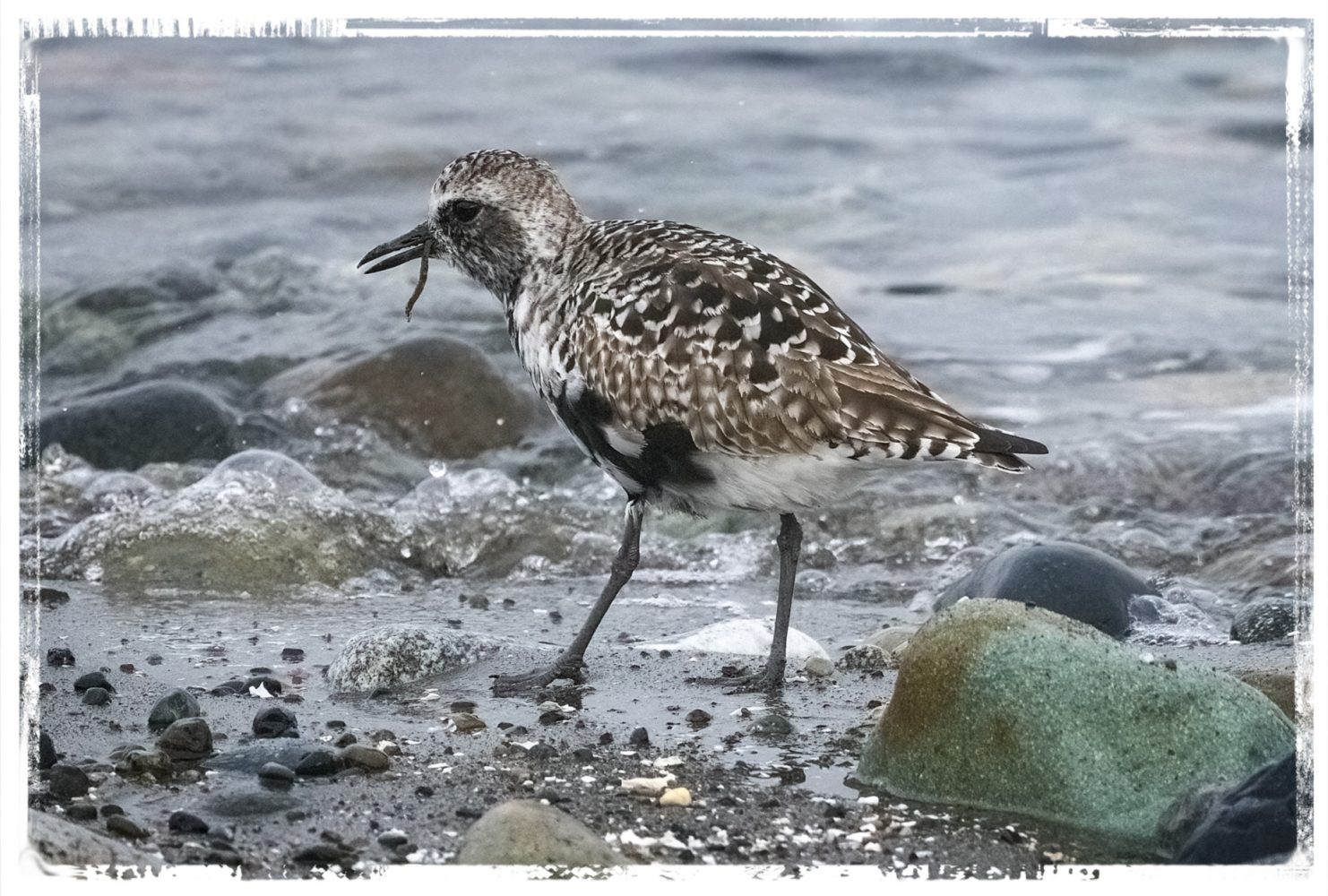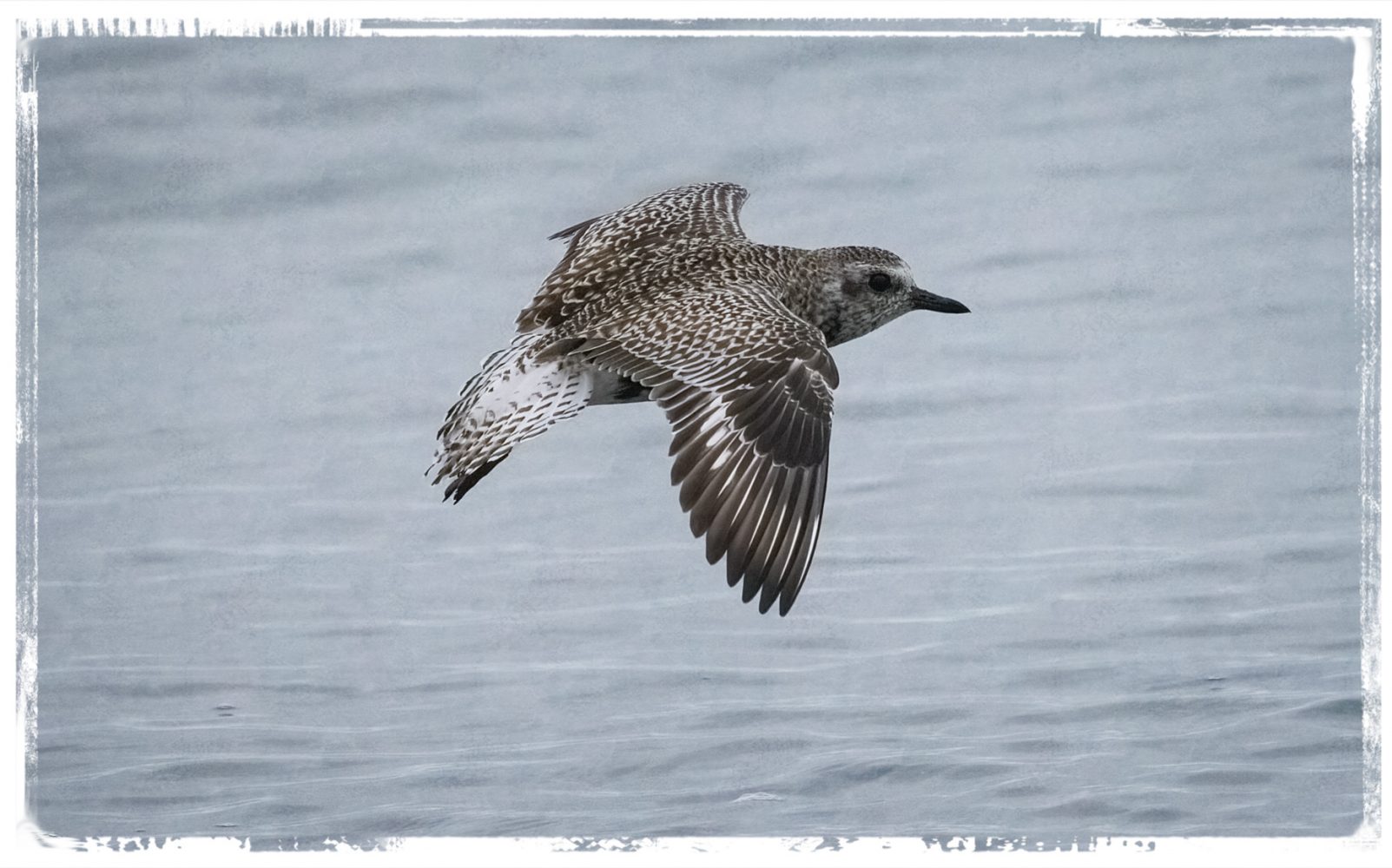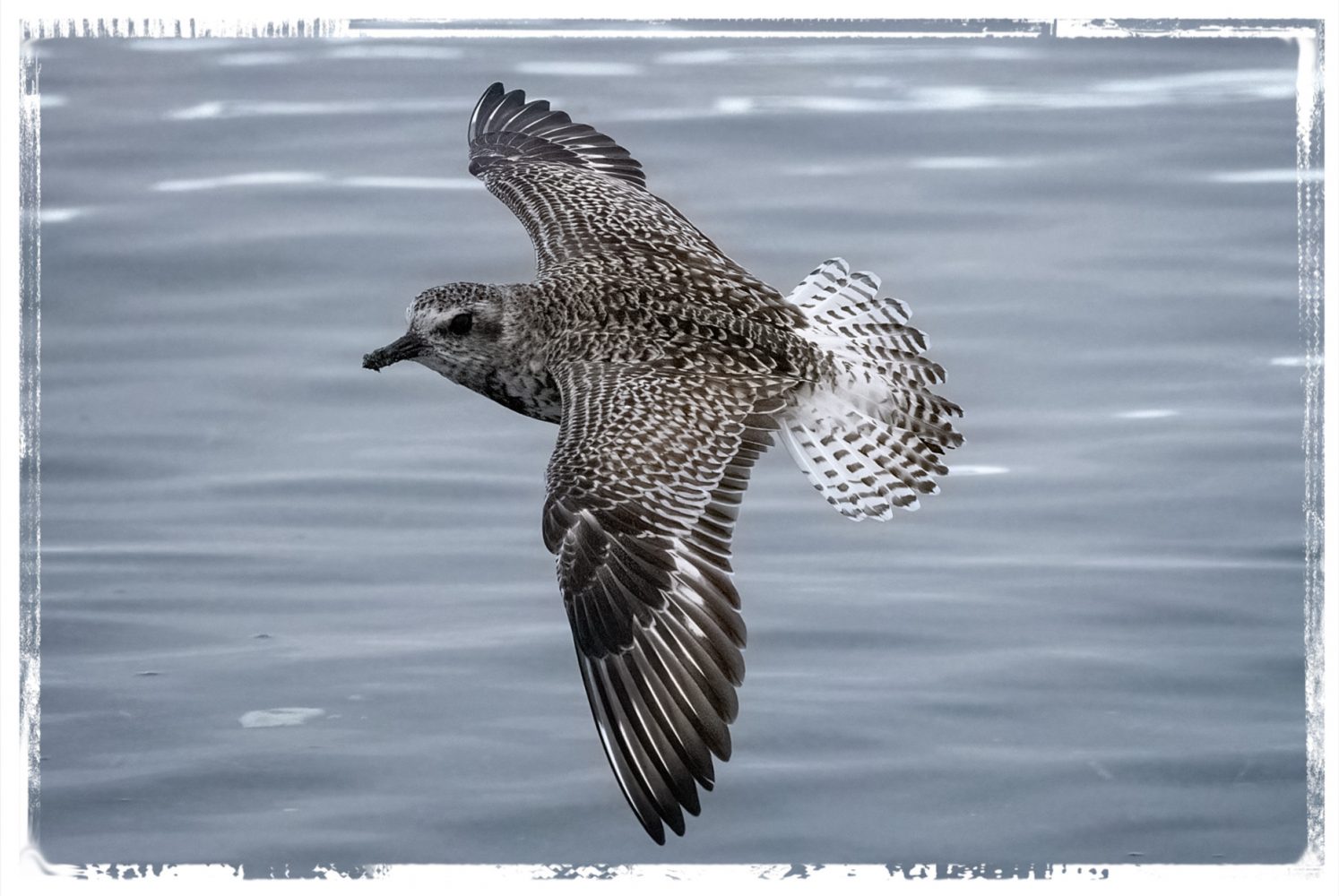I recently started reading Life Purpose Boot Camp a book that describes a process for creating a meaningful life, which, I’ll admit, seems a little foolish at this stage of life, but, anyhow, it begins by having you list “meaning opportunities.” One of mine was reading poetry and responding to it, although it’s clear from recent blog entries that I have not been doing much of that. Coincidently, Leslie and I are spending some time at her daughter’s house and it is raining, so I have some extra time to read and reflect.
Despite the lack of blog entries, I have been reading poetry steadily throughout the years; I just haven’t been motivated enough or have been too busy to respond to what I’ve read. Of course,I also have several books that I started reading and haven’t finished for different reasons, and I’m not going to discuss a book I haven’t finished. That would be hypocritical since in the past I would penalize students heavily for taking credit for a book they hadn’t finished. I’ve resolved to finish up books I’ve started — at least those that seem worth finishing — and write something about them.
A book that I finished awhile ago was Floyd Skloot’s Approaching Winter. I doubt I would have appreciated this book when I was a college undergrad, but I can certainly relate to many of the poems now that I am well into my own Winter. The older I get the more I feel compelled to work out, even though I seldom worked out in the past beyond playing basketball two or three times a week and hiking whenever I got a chance. Since we moved to Tacoma some fifteen years ago, I have been a member of the local YMCA (at least until the Covid 19 epidemic, and have faithfully used a rowing machine for most of that time. Few things will make you a better observer than repeating the same stroke for fifteen minutes, unless, of course, it’s going nowhere on a treadmill, which I steadily refuse to do.
At the Fitness Center
Framed by a picture window,
two old men climbing stairs to nowhere
watch the river flow.
As though gliding on air
beside
them, a woman with violet hair,
wires dangling from her ears,
keeps her eyes shut tight
and sings out of tune while she strides
on the elliptical machine
next to mine.
A husband and wife jog in place
on treadmills side-by-side,
keeping pace
with each other and trying to plan
the next two
nights’ dinners though they can
barely speak. A teen
with his cap on backwards cycles through
a mountain pass
as his girlfriend screams
and kickboxes behind shaded glass.
One of the ways I used to get ready to hike in the mountains during the summer was using the stair-stepper referred to in the opening lines. It’s hard work, much harder than climbing in the mountains, precisely because you aren’t going anywhere. If you’re an old man, and I am, it’s hard not be distracted by younger people working out; it’s impossible not to notice violet hair or strange tattoos in odd places.
I, like most people, used to think gyms were full of jocks or fitness fanatics, not your average citizen. That view has definitely changed over the last fifteen years. When I go to the weight room, which is, admittedly, in the middle of the work-day, there are lots of women, and lots of older people simply trying to retain some of the strength that aging robs them of. There’s even husbands and wives, though more often than not it’s actually just Leslie and I. Of course, there is always the young hotshot who shows up in the middle of the day to to reveal just how out of shape you really are, and, less occasionally, he’ll show up with his hot girlfriend to show you something else you have lost through old age.
Many of the poems in this collection are early memories, but, in retrospect, the author realizes that the world he saw as a child wasn’t the “real” world. Despite the fact that my daughter accuses me of being “the least nostalgic person in the universe,” I’ve been going over old photos and old records trying to get rid of everything that no one else could possibly want. In doing so, I have discovered, like Skloot does, that what I thought was the truth for most of my life has actually been mis-remembered.
Near the end of the collection, he turns to even more unpleasant realities, like those in “Today.”
Today
Johnny is John now, and Billy is Bill.
Though I haven’t seen them in fifty years
it feels like we’re boys together still.
When his voice breaks, John’s boyhood face appears
across the miles, and when Bill speaks of storms
we survived on our barrier island home
I forget and call him Billy, which makes
John gasp because it hurts so much to laugh.
The cancer has come back. He says it takes
all his strength some mornings just to take half
a breath, but then there might be a whole day
when he can almost forget, like today.
Because my father’s job required us to move regularly, I really don’t have any childhood friends. Jim Wiese, who now lives in Vermont, is my longest friend; I don’t think he would’ve become a life-long friend if I had called him “Jimmy” in Junior High where I first met him. Still, the poem rings true even for me. Jim and I can almost pick up a conversation we’ve had a year ago and go from there. We may not be boys, but we’re still kids not seniors. Thankfully, Jim and I haven’t had to talk about cancer lately, but that’s not true when I meet with a group of teachers that I started teaching with. When I get together with that group, all too often someone brings a newspaper clipping with the funeral notice of a friend. You don’t reach 79 without becoming aware of death as a constant possibility unless you have Alzheimer’s, a fate worse than death from my perspective. Still, any day when you can still laugh is a good day.
Though I wouldn’t suggest this book to a high school student, I suspect that most of my regular readers are a little older than that and might find Skloot’s work as interesting as I did.
Like this:
Like Loading...
